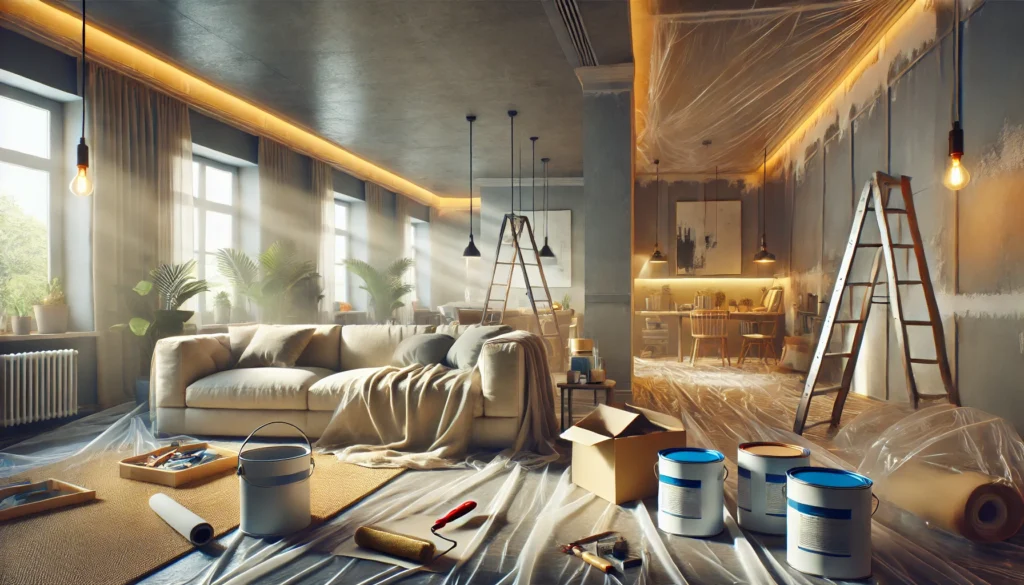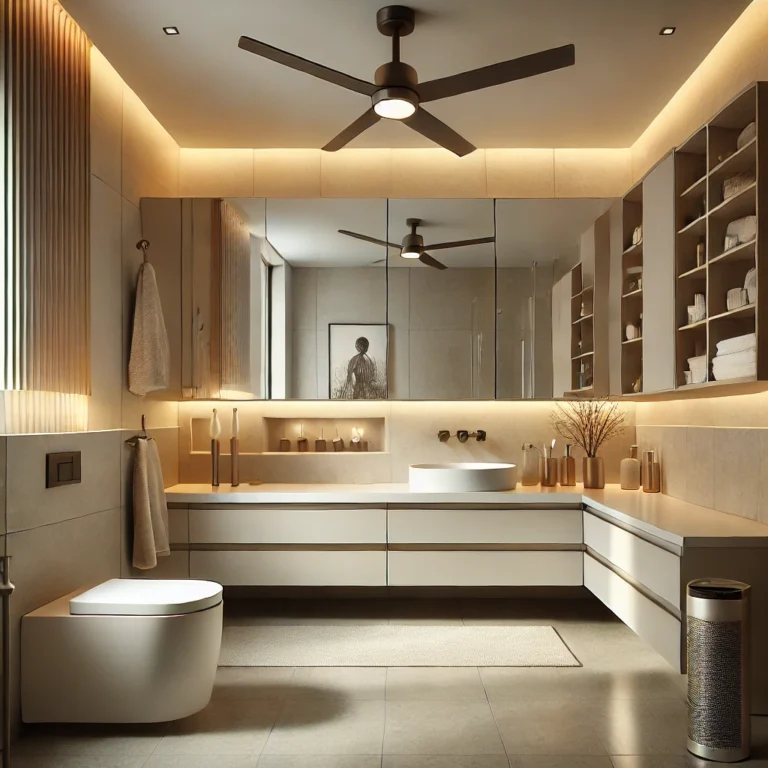
When embarking on a renovation project, it’s easy to overlook the humble floor. However, neglecting floor protection can lead to costly repairs, replacements, and aesthetic damage. Protecting your existing floors offers numerous financial and aesthetic benefits. For instance, refinishing or replacing hardwood floors can cost upwards of $5,000 to $10,000, while tile replacement can range from $3,000 to $6,000. By safeguarding your floors, you preserve their original beauty and avoid unnecessary expenses.
Moreover, floor protection ensures your renovation remains on schedule and within budget. Damaged floors can cause project delays, disrupting the entire renovation timeline. By prioritizing floor protection, you minimize the risk of costly setbacks and ensure a smooth renovation process.
Assessing the Renovation Zone
Before commencing your renovation, it’s crucial to assess the project scope and potential risks to your floors. Walk through your space, identifying high-traffic areas, fragile surfaces, and vulnerable zones. Create a detailed floor plan, highlighting areas requiring extra protection. This visual map guides your protection efforts, ensuring no vulnerable spot is left exposed.
Consider factors such as:
– Heavy tool usage and equipment movement.
– Chemical or paint spills.
– Moisture exposure.
– Foot traffic and dust accumulation.
Floor Protection Options
Selecting the right protection material is vital to safeguarding your floors. Popular options include:
– Coreflute: Corrugated plastic sheets providing excellent protection against heavy tools and debris.
– MDF sheets: Medium-density fiberboard offering a sturdy barrier against scratches and spills.
– PVC wall panels: Waterproof panels ideal for high-moisture areas.
– Rosin paper: Absorbent paper perfect for hardwood floors.
– Ram board: Thick, recycled paperboard suitable for light to moderate traffic areas.
– Drop cloths: Canvas or heavy-duty fabric for general dust control and spill protection.
When choosing protection materials, consider factors such as:
– Floor type (hardwood, tile, carpet, etc.).
– Renovation scope (demolition, painting, etc.).
– Budget and availability.
– Durability and reusability.
Edge Protection and Border Control
When renovating, doorways, corners, and baseboards are often overlooked, leaving them vulnerable to damage. Edge protection and border control measures safeguard these critical areas, ensuring a smooth renovation process.
Safeguarding Doorways, Corners, and Baseboards
– Hoarding construction: Temporary barriers created from timber and plywood to separate construction zones.
– Edge protection: Corner guards and foam strips provide targeted protection for doorways, corners, and baseboards.
– Acoustic curtains: Heavy-duty curtains containing dust and noise, ideal for demolition or drywall work.
These measures prevent accidental bumps, scrapes, and dust accumulation, protecting your floors and surrounding areas.
Dust Control and Containment
Dust and debris can wreak havoc on your renovation, damaging floors and furnishings. Effective dust control measures minimize accumulation and protect your space.
– HEPA air purifiers: Capturing dust particles, improving air quality
– Negative air machines: Creating negative pressure, drawing dust out of the renovation zone
– Regular cleaning: Vacuuming and wiping down covered areas to prevent dust buildup
By controlling dust, you ensure a healthier renovation environment and protect your floors from damage.
Advanced Tactics for Renovation Success
Implementing additional strategies ensures effective floor protection throughout the renovation.
– Floor adhesives: Securing protective materials in high-traffic areas.
– Designated walkways: Creating clear paths for workers and visitors.
– Boot policy: Requiring workers to wear booties or slippers to minimize dirt and debris.
– Regular inspections: Monitoring floor protection and addressing issues promptly.
By incorporating these advanced tactics, you guarantee your floors remain protected, and your renovation stays on track.
Effective Communication and Collaboration
Communication and collaboration are vital components of a successful renovation project. When it comes to floor protection, discussing your concerns and requirements with contractors ensures your floors remain safe throughout the process.
Discussing Floor Protection with Contractors
Before renovation commencement, share your floor protection plan with contractors, specifying:
– Protective materials and installation methods.
– Clear expectations for floor care.
– Designated personnel for floor protection.
Regular communication ensures:
– Contractors understand floor protection priorities.
– Issues are addressed promptly.
– Renovation stays on schedule.
Open Communication for a Smooth Renovation Experience
Benefits of open communication include:
– Preventing misunderstandings.
– Fostering collaboration.
– Ensuring floor protection compliance.
– Enhancing overall renovation experience.
Post-Renovation Care
After renovation completion:
- Remove protective materials carefully to avoid damage.
- Deep clean floors to remove dust and debris.
- Inspect floors for damage and address issues promptly.
- Restore floors to their original condition through refinishing, resealing, or regrouting.
Restoring your floors to their original glory involves:
– Refinishing or resealing hardwood floors.
– Cleaning and regrouting tile floors.
– Vacuuming and grooming carpeted areas.
– Applying floor protectants for long-term protection.
By prioritizing communication, collaboration, and post-renovation care, you ensure your floors emerge from the renovation process unscathed and radiant.
Conclusion
In conclusion, renovating your space requires careful planning and execution to protect your valuable floors. By assessing your renovation zone, choosing the right protection materials, implementing edge protection and border control measures, controlling dust accumulation, utilizing advanced tactics, prioritizing communication and collaboration with contractors, and ensuring post-renovation care, you’ll save time and money, minimize stress and delays, preserve your floors’ beauty and functionality, and ensure a smooth renovation process. With careful planning and execution, your newly renovated space will shine, and your floors will remain safe and radiant for years to come, making your renovation journey a resounding success and your home a true sanctuary.






